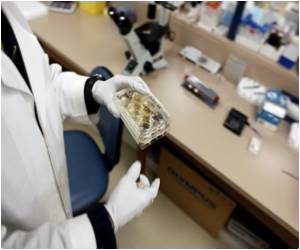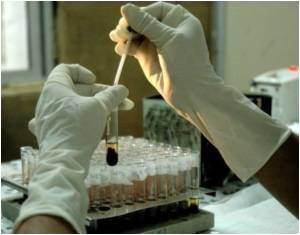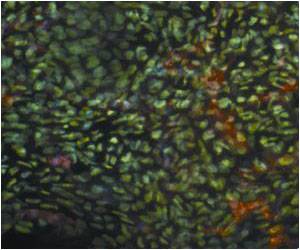
Studying embryos of the sea squirt Ciona intestinalis, the researchers in the University of Arizona, discovered that even non-invasive cells make the delicate, highly transient structures known as invadopodia.
The group found that future heart cells in the Ciona embryo use invadopodia to pick up chemical signals from their surroundings.
These so-called growth factors provide the cells with clues as to where they are in the developing embryo and what type of cell they are supposed to turn into.
The results suggest that this previously unknown role of invadopodia could also be at play in the case of cancer cells: Their invadopodia may serve to bind similar signalling molecules that protect them from the body's elimination processes, thereby ensuring their survival.
"These are special invasive protrusions and they are seen only in rare cell types and cancer cells," Bradley Davidson in the University of Arizona's department of molecular and cellular biology, who led the study, said.
Advertisement
The findings were reported in Nature Cell Biology.
Advertisement














